Is there anything cuter than a red panda? A baby red panda, of course. While still rare, red pandas find it a little easier to breed in captivity than traditional “giant pandas.” And the results are always worth waiting for.
Red pandas are also called “lesser pandas” and, in some cultures, “fire foxes.” With the release of Pixar’s coming-of-age film, “Turning Red,” everyone seems to have red pandas on the mind. Let’s take a look at some adorable baby red panda photos and GIFs and learn more about these precious, endangered animals.
Red Pandas Are Shy and Solitary in Nature
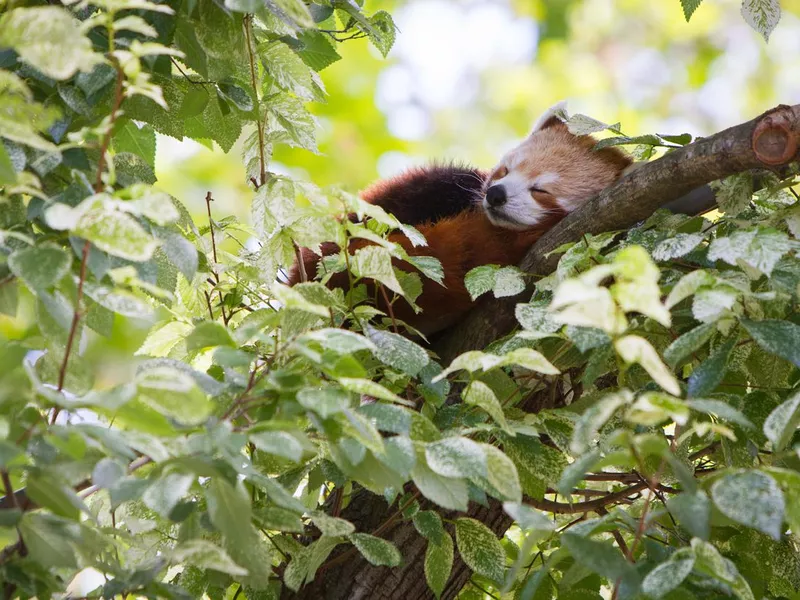
Craig Dingle / Getty Images
Not only do baby red pandas spend a lot of time in their dens, but red pandas as a whole tend to be shy and solitary.
Much like cats, they will prowl their territory, but unlike cats, they’re only prowling for shoots and leaves.
They’re Very Comfortable in the Snow
Since baby red pandas come from colder habitats, they’re comfortable playing in and burrowing in the snow.
But if it gets too cold, watch out. They may start to go dormant.
Red Pandas Are Crepuscular
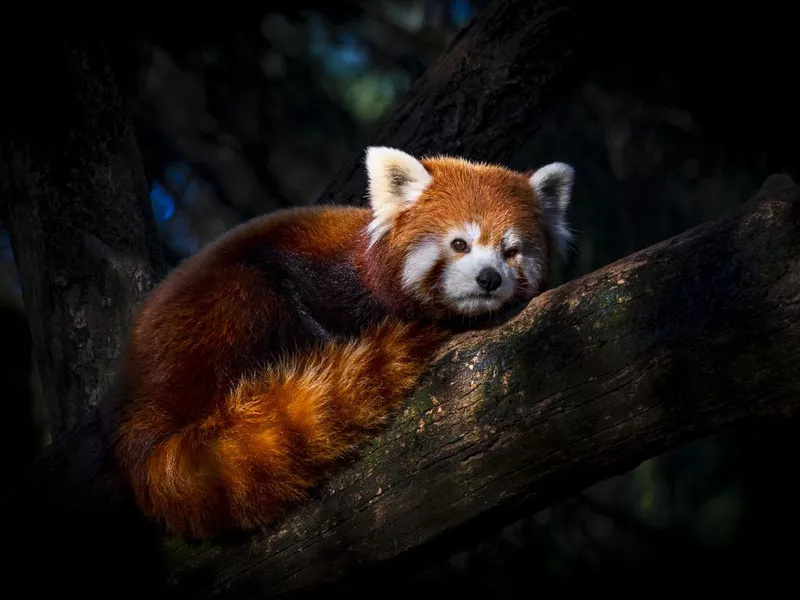
Zocha_K / Getty Images
Crepuscular means that they are most active at dawn and dusk. They are likely to sleep during the day and night, which also means that you aren’t very likely to run into them.
Because they are naturally so reclusive, they don’t make very good exotic pets.
Red Pandas Use Their Tails for Balance
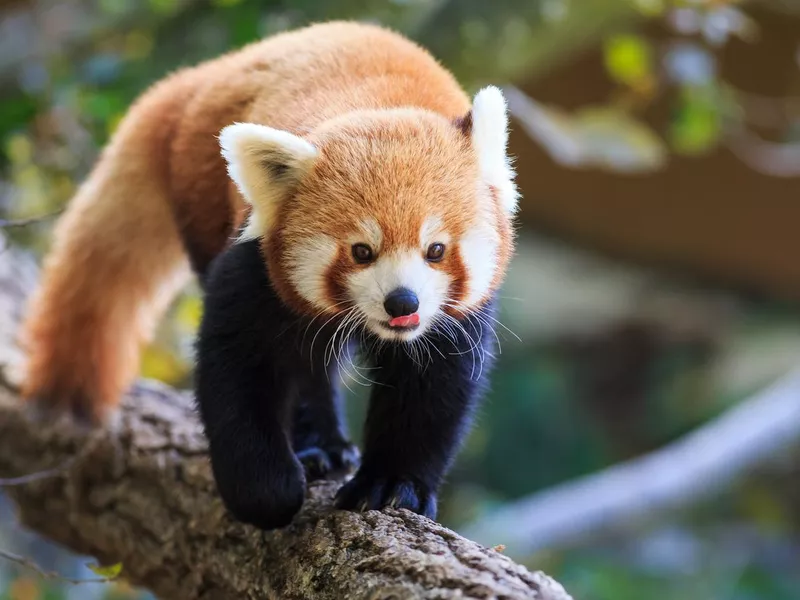
gui00878 / Getty Images
Red pandas have a long, bushy tail that they use for balance when climbing trees.
Since a baby red panda will spend a lot of its time climbing, it needs to learn how to balance in trees fairly quickly.
Red Pandas Are Known for Their Markings
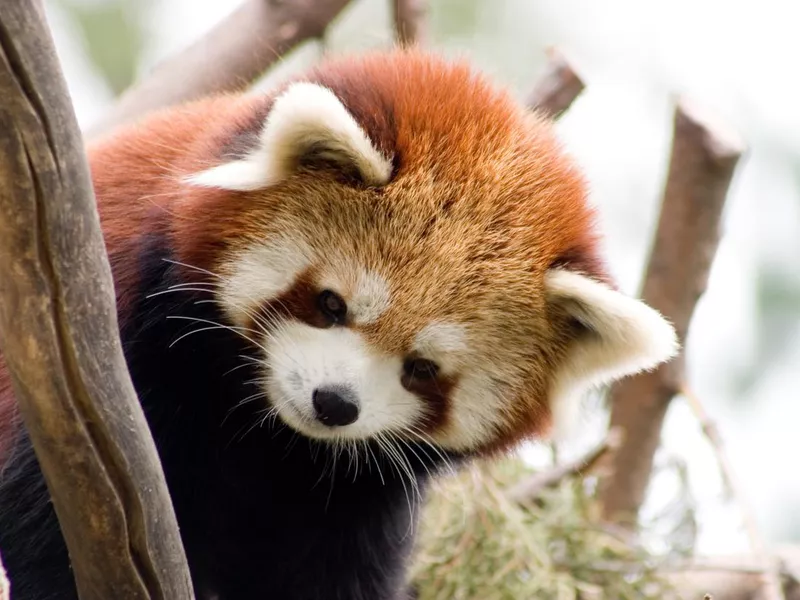
jzabloski / Getty Images
Red pandas have reddish-brown fur and white markings on their face, chest and legs. Their reddish-brown fur is what named them the “fire fox.”
In certain light, they can look as bright as a flame.
Red Pandas Are Omnivores

Zocha_K / Getty Images
Red pandas will eat fruits, vegetables and leaves, but subsist primarily on bamboo leaves.
This is similar to the giant panda. But the giant panda also eats bamboo stalks.
Purchasing a Baby Red Panda Is Illegal
Before we go any further, purchasing a baby red panda is, unfortunately, illegal. While they are sometimes seen in homes, they are only sold on the black market.
Red pandas have a lot of problems that a feral house cat might — namely, claws and teeth.
Pandas Breed Once a Year
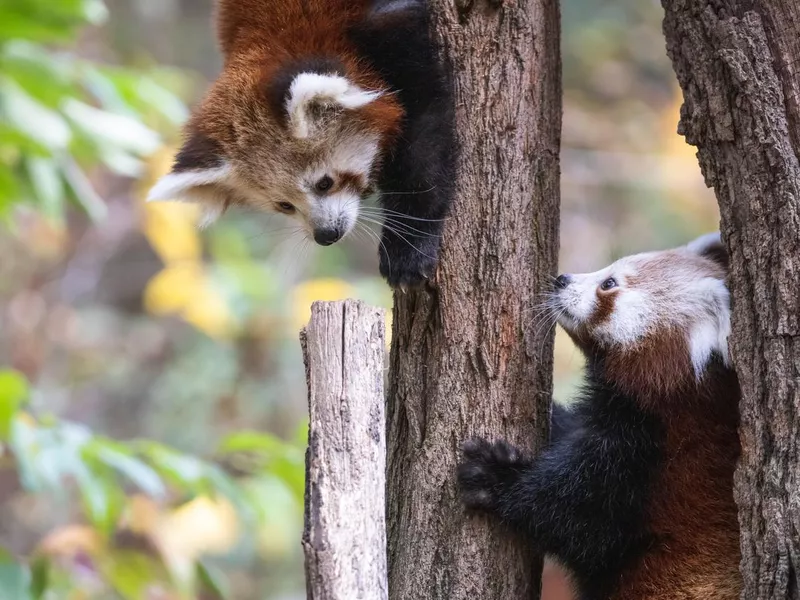
Natalia Bubochkina / Getty Images
Red pandas only breed once a year and will produce anywhere from one to four cubs, though more than two cubs is rare.
These small litter sizes are part of why the red panda is currently endangered.
Red Pandas Are Listed as ‘Vulnerable’
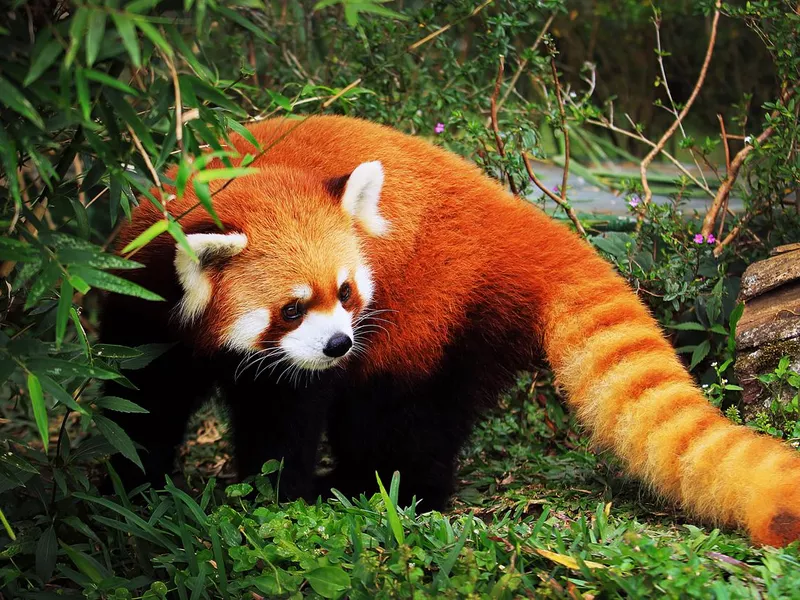
Yamtono_Sardi / Getty Images
While red pandas aren’t critically endangered, they are listed as vulnerable on the IUCN Red List of Threatened Species. Much of this has to do with encroachment into their natural territories.
But because they’re so adorable, there have been many efforts to boost their presence.
There Are Fewer Than 10,000 Red Pandas in the Wild
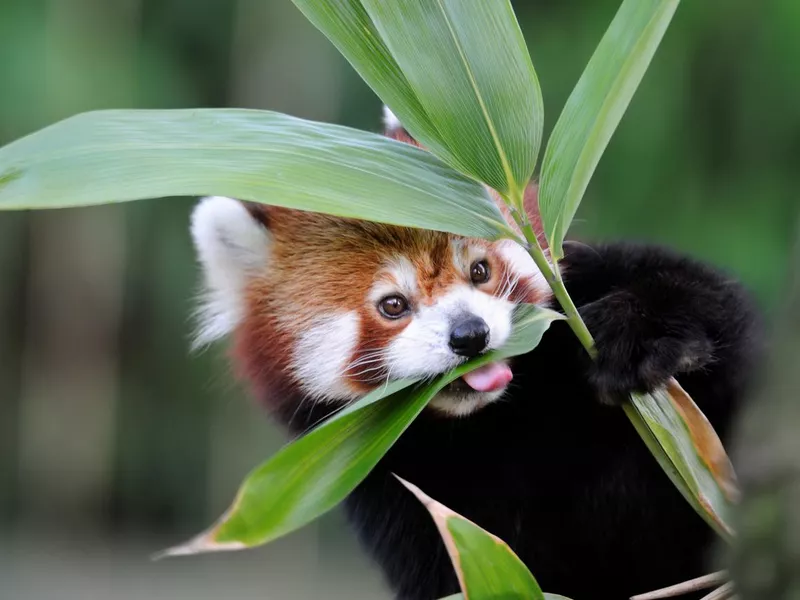
Freder / Getty Images
As mentioned, red pandas are endangered. Luckily, red pandas actually live longer in captivity than they do in the wild.
Many breeding programs have been established to continue to maintain the health and strength of the species.
Red Pandas Are Native to the Himalayas

Hung_Chung_Chih / Getty Images
If you’re wondering why you’ve never seen a baby red panda in the wild, it’s because they’re native to the Himalayas. You can see red pandas throughout Nepal and India.
Red Pandas Are One of the Smallest Species of Panda

ricardoreitmeyer / Getty Images
Red pandas weigh under 12 pounds and measure under two feet in length.
There’s a reason they’re called the “lesser panda.” They’re just very small.
Baby Red Pandas Have Talented Paws
Their dexterous paws let them manipulate a lot of things, from doors to bowls. Their paws evolved to help them scale trees.
Baby Red Pandas Are Born During the Spring and Summer
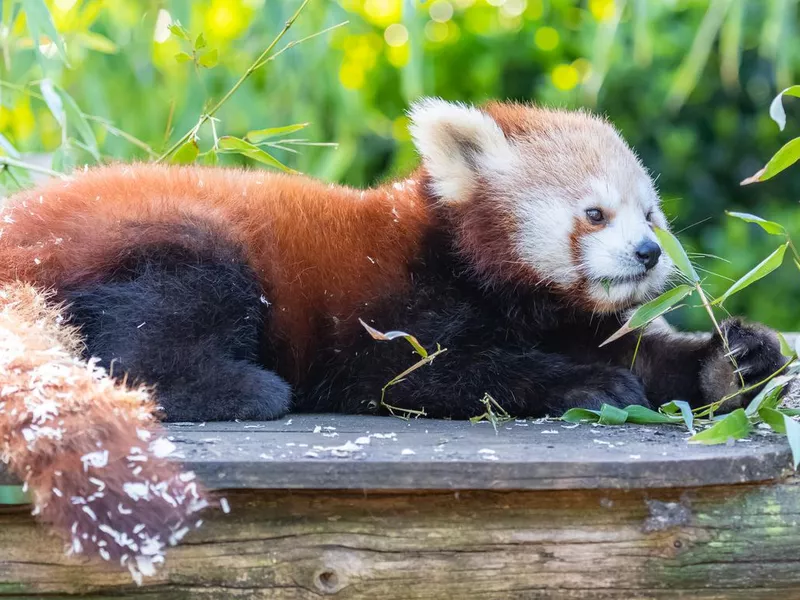
Pascale Gueret / Getty Images
While red pandas will generally have a single litter a year, they will usually breed throughout the spring and summer.
Thus, the spring and summer give you the best chances to peek in on red panda babies.
Frequently, Baby Red Pandas Are Born as Twins
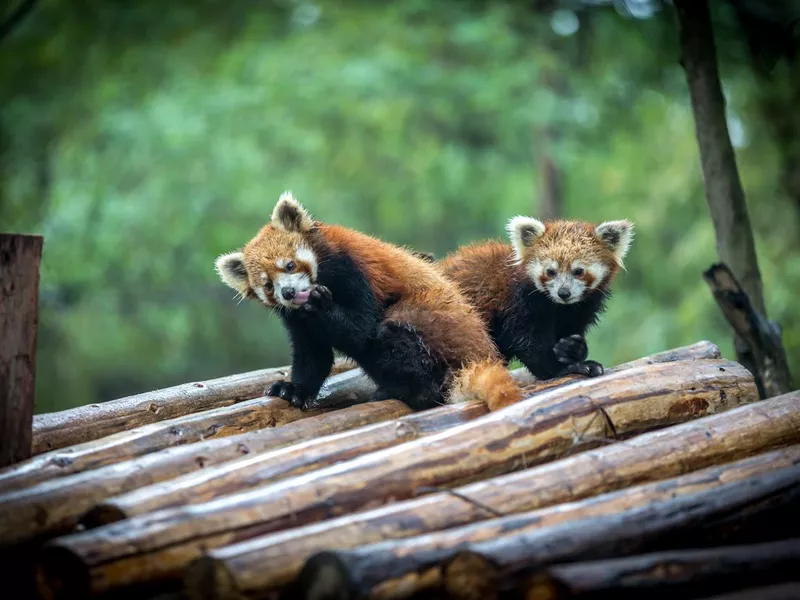
Onfokus / Getty Images
A lot of animals naturally give birth to twins. There are even monkeys that nearly always give birth to twins.
While a mother red panda can have a litter size of one to four, it’s most likely that they will have two.
Baby Red Pandas Are Called Cubs

MariMarkina / Getty Images
But unlike giant pandas, red pandas aren’t bears.
Red pandas are less closely linked to bears and more closely linked to skunks and raccoons.
Like Kittens, Baby Red Pandas Are Born With Their Eyes Sealed

RainforestAustralia / Getty Images
Red pandas take very good care of their young. They have to.
Baby red pandas are born with their eyes and ears closed. They’ll only open in the days after birth.
Baby Red Pandas Stay With Their Mothers in Birthing Dens for 90 Days
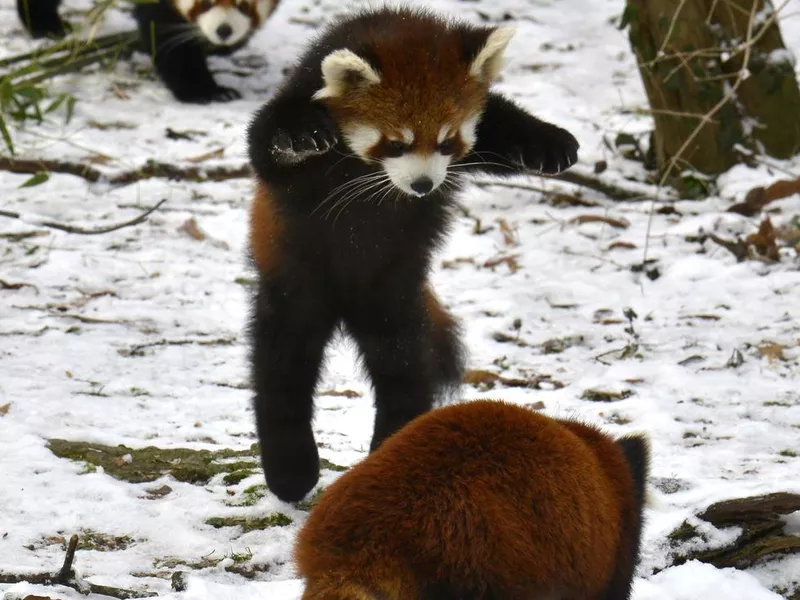
Jeff McCurry / Getty Images
Because they are so small and so vulnerable, baby red pandas will stay with their mothers in birthing dens for a full three months.
Red Pandas Groom Themselves Like Cats
Red pandas will also groom themselves like cats and may engage in social grooming behaviors when still with their family.
They also use their paws very similarly.
Baby Red Pandas Will Stand Up to Scare Enemies
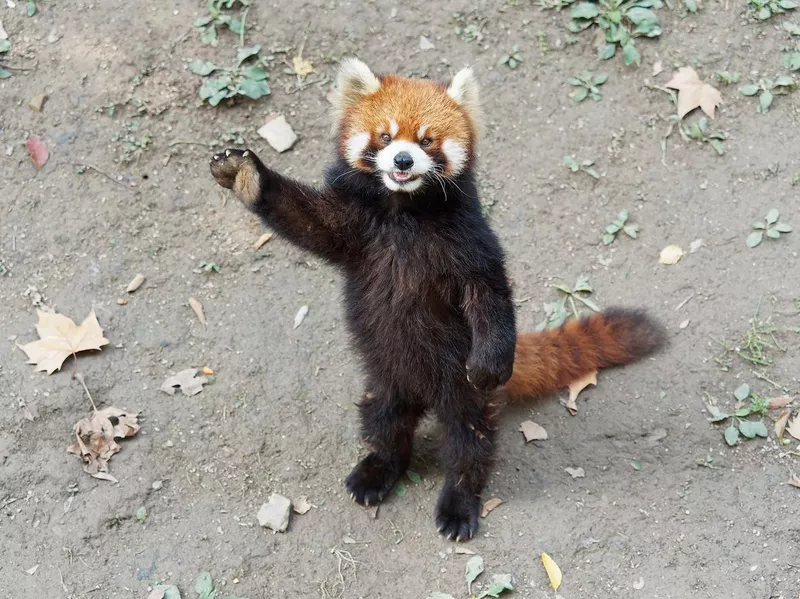
yanjf / Getty Images
Many animals stand up to make themselves appear larger, when faced by enemies.
The baby red panda is no exception, although it may have a hard time getting anyone to take it seriously.
In Zoos, a Red Panda Will Live Up to 15 Years — Longer Than in the Wild
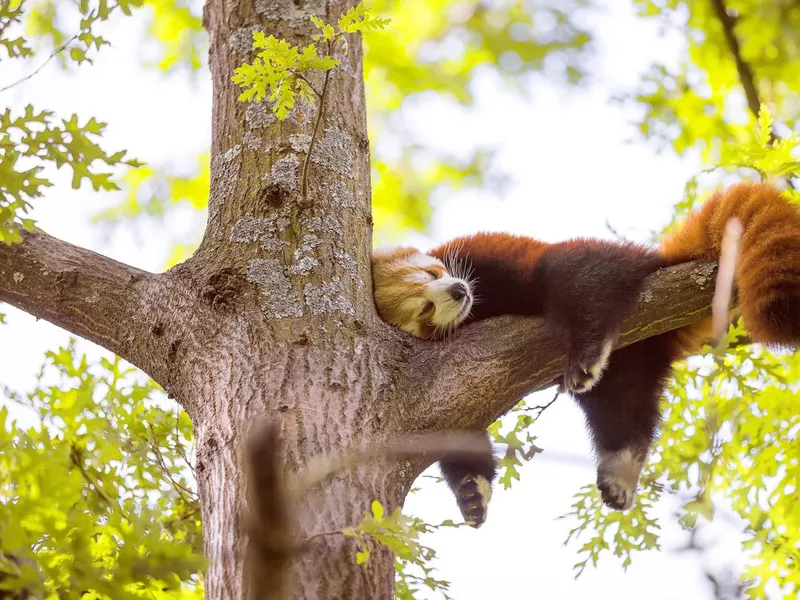
Natalia SERDYUK / Getty Images
Perhaps it’s the curiosity. Red pandas only live around eight to 10 years in the wild, but they can live up to 15 years with the proper care.
If they enjoyed the attention more, they might make the perfect pet.
Baby Red Pandas Can’t Jump Very Far
While they are catlike in many ways, baby red pandas are actually not great jumpers.
They mostly climb from branch to branch, rather than taking big leaps.
Baby Red Pandas Will Spend Most of Their Lives in Trees

carl173 / Getty Images
A red panda will rarely touch the ground. In fact, they’re usually only on the ground if they’re being kept in some type of enclosure.
Red pandas vastly prefer staying in the trees.
Baby Red Pandas Can Become Dormant During the Winter
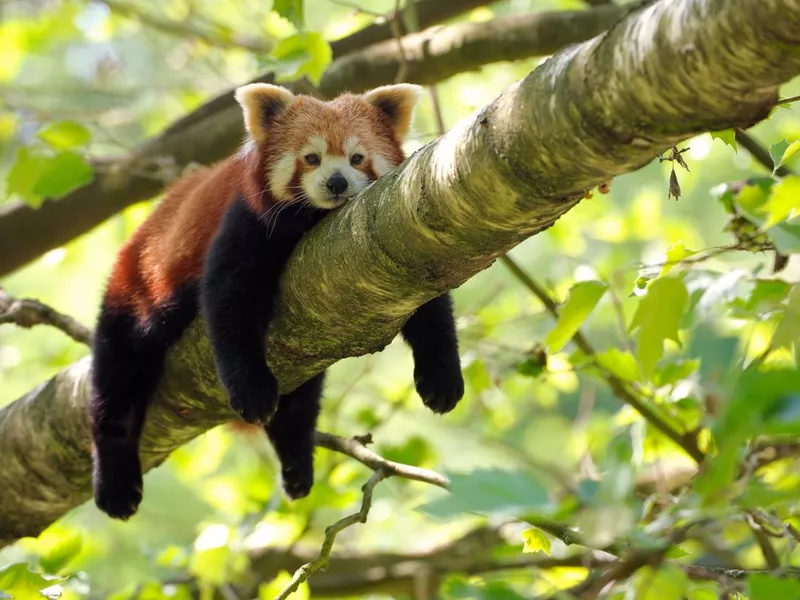
Freder / Getty Images
Red pandas are already a bit lazy (just like a cat), but they can also become dormant if it gets cold enough during the winter.
This dormancy isn’t true hibernation, but it does mean that they will eat less and sleep more.
The Markings on the Baby Red Panda Keep Sun Out of their Eyes
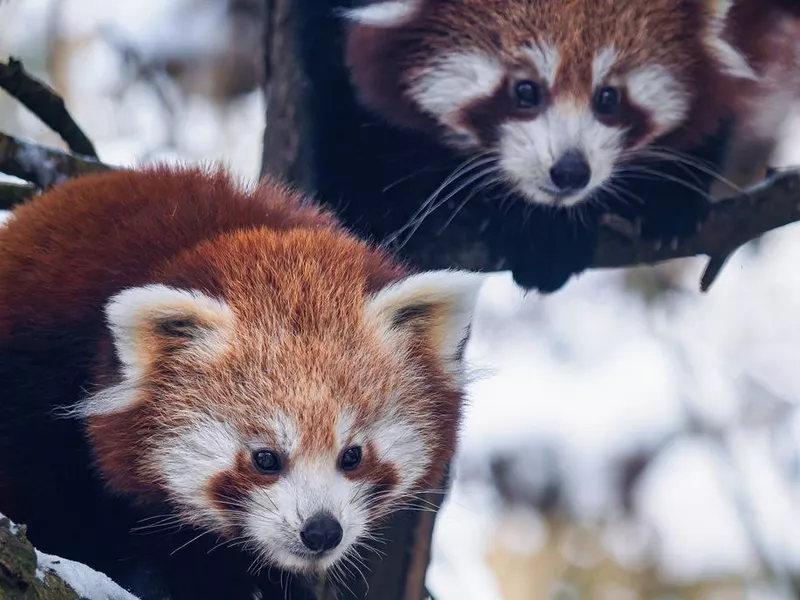
xtrekx / Getty Images
Why do red pandas and raccoons have such similar markings? It’s parallel evolution.
It’s believed these types of markings can keep the sun out of their eyes, by reflecting the light away.
Baby Red Pandas Love to Play
Quite a lot of GIFs you’ll find on the internet are of red pandas playing.
Even if they’re solitary creatures, they still love to play fight.
Red Pandas Share a Trait With Giant Pandas
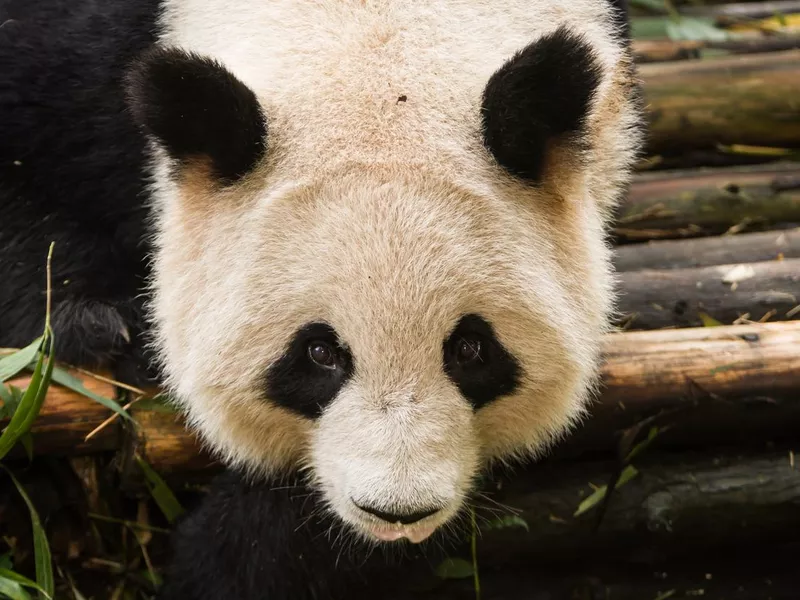
pniesen / Getty Images
Red pandas aren’t closely related with giant pandas. Giant pandas are bears, and red pandas are not.
However, red pandas and giant pandas both share an evolutionary trait: a makeshift “thumb” that they use for grasping branches.
They Can Do Acrobatics
Because red pandas are so naturally curious, they can be encouraged to do a lot of things — such as play with acrobatic rings.
Red Pandas Are Born With Fur to Keep Them Warm
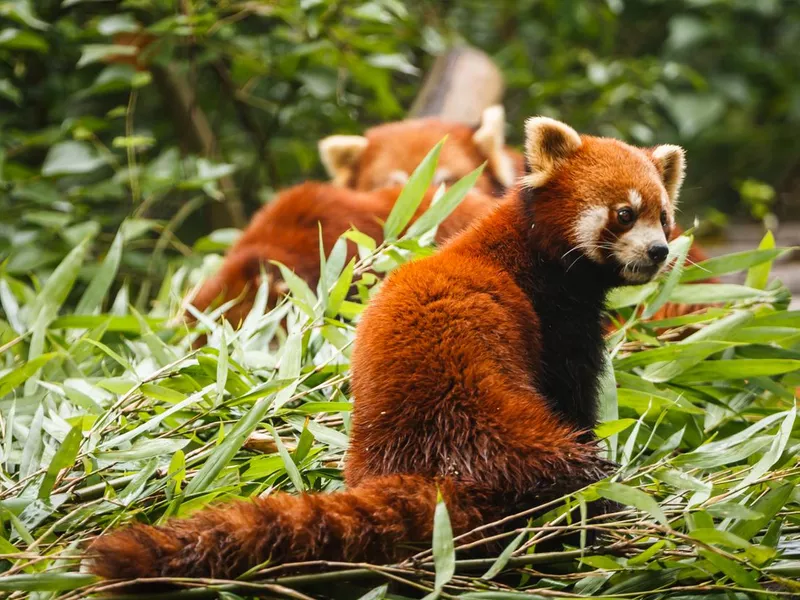
pniesen / Getty Images
Unlike some animals, red pandas are born with fur to keep them warm.
Often, they’re born into cold climates, and they need the extra insulation.
Red Pandas Were First Believed To Be Raccoons

Hung_Chung_Chih / Getty Images
When first discovered, red pandas were believed to be raccoons.
But further exploration discovered that they aren’t in the raccoon family, even though they are closer to raccoons than pandas.
Like Giant Pandas, They Eat Mostly Bamboo
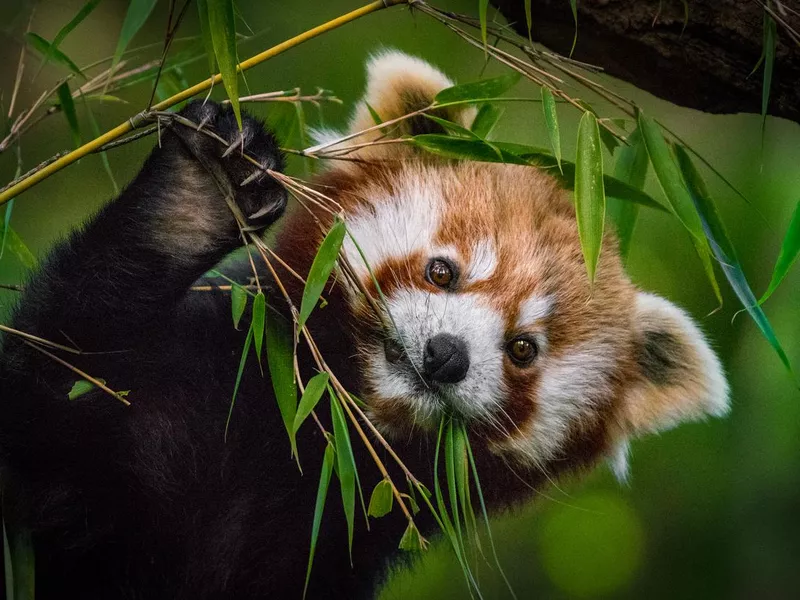
Zocha_K / Getty Images
Once baby red pandas are no longer nursing, they’ll start to eat the leaves of the bamboo plant. But unlike giant pandas, they don’t eat the shoots. They eat the more nutritious parts of the bamboo.
This, combined with their small size, helps them thrive.
They Will Only Ever Grow to About the Size of a House Cat

michaklootwijk / Getty Images
A baby red panda doesn’t just start out small. It ends there. Red pandas will only ever grow to about the size of the average house cat.
But they don’t make very good pets. They largely want to be left alone.
Enjoying Always Pets? Don’t forget to sign up for our newsletter.